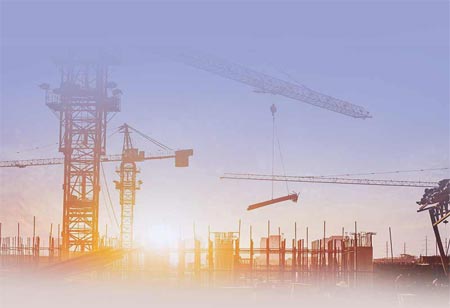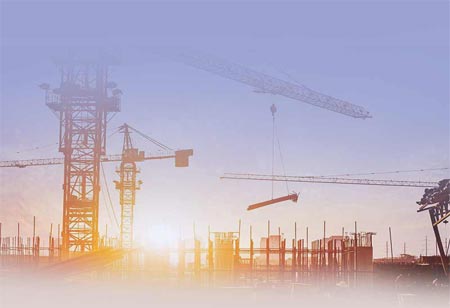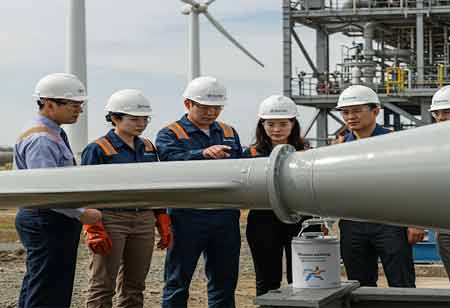Thank you for Subscribing to Construction Business Review Weekly Brief
Specials
- Apartment and Condominium Contractors Canada
- Decking Canada
- Architectural Glass Europe
- MEP APAC
- Construction Saudi Arabia
- German Apartment and Condominium Contractors
- Construction Law APAC
- Outdoor Construction
- Foundation Construction Canada
- MEP Canada
- Kitchen and Bath
- Cold Storage Construction APAC
- Precast Concrete Europe
- Construction Staffing Europe
- Pre-Construction Services
- Flooring System APAC
- Scaffolding Canada
- Swimming Pool Construction Canada
- Construction Management Canada
- Cold Storage Construction Canada
- Flooring Systems Europe
- Residential Construction
- Concrete Canada
- Construction Cladding Europe
- Construction Cladding APAC
- Concretes, Aggregates and Construction Materials APAC
- Concretes, Aggregates and Construction Materials Europe
- Commercial Contractors Europe
- Commercial Contractors APAC
- Dummy
- Construction Insulation, Coating and Waterproofing
- Construction Management APAC
- Landscaping Canada
- Construction Coating Europe
- Construction Tech Startups Europe
- Insulation Services Europe
- Mechanical Contractor Canada
- Mould Remediation and Testing Europe
- Swimming Pool Construction APAC
- Building Sealing Solutions Europe
- Construction Engineering Services
- Mechanical Electrical and Plumbing
- Roofing Systems Europe
- Architectural Glass APAC
- Startups APAC
- Construction Forensic and Owners Representative
- Flooring System
- Waterproofing APAC
- Wall Systems
- Safety and Compliance Europe
- Construction Equipment
- Modular and Prefab Construction
- Architectural Glass
- Construction MENA
- Construction Demolition and Recycling Europe
- Modular Construction Europe
- Construction Interiors
- Steel Building APAC
- HVAC
- Doors and windows
- Modular Construction APAC
- Building Information Modeling APAC
- Sustainable Construction APAC
- Building Restoration and Maintenance
- Commercial Contractors
- Specialty Construction
- Construction Engineering Canada
- Construction Engineering MENA
- Modular Construction Canada
- Construction Demolition Canada
- Roofing and Siding Systems
- Construction Latam
- Construction Staffing
- Roofing Systems APAC
- Construction Consulting
- Steel Building Europe
- Construction Demolition and Recycling APAC
- Safety and Compliance APAC
- Concretes, Aggregates and Construction Materials
- Construction Cladding
Trends Defining the Modular Construction Landscape
The landscape of modular construction is undergoing a paradigm shift, propelled by innovative trends reshaping the industry's trajectory.

By
Construction Business Review | Wednesday, January 17, 2024
Stay ahead of the industry with exclusive feature stories on the top companies, expert insights and the latest news delivered straight to your inbox. Subscribe today.
Dynamic trends reshape modular construction, emphasizing sustainability and leveraging digitalization. These pivotal factors drive evolution in construction methods and practices in this transformative industry.
FREMONT, CA: The landscape of modular construction is undergoing a paradigm shift, propelled by innovative trends reshaping the industry's trajectory. This creative strategy provides a more economical, sustainable, and efficient substitute for conventional building techniques.
The Focus is on Sustainability
Sustainability is a primary force behind development in the building sector in an era characterized by environmental consciousness. Green building principles are in perfect harmony with modular building techniques. By using prefabricated modules, this construction method minimizes waste, saves energy consumption, and increases resource efficiency. Builders are increasingly using modular solutions to satisfy strict environmental regulations and win over clients who care about the environment.
Novelties in Construction Materials
Modular construction is undergoing a revolution with developments in building materials. Modern substitutes for conventional materials are improving overall structural integrity, insulation, and durability. Innovative solutions increase the modular building market, ranging from eco-friendly materials to high-performance composites. These materials extend modular buildings' lifespan and solve issues with energy efficiency and environmental impact.
Technology Consolidation
One of the main forces behind the development of modular buildings is the incorporation of technology. Modular project planning, coordination, and execution are made possible by the growing use of building information modeling (BIM). Production periods are being shortened, manufacturing processes are becoming more efficient, and module fabrication precision is increasing because of automation and robotics.Furthermore, virtual reality (VR) and augmented reality (AR) are improving the design and visualization stages by giving stakeholders a more engaging and interactive experience.





